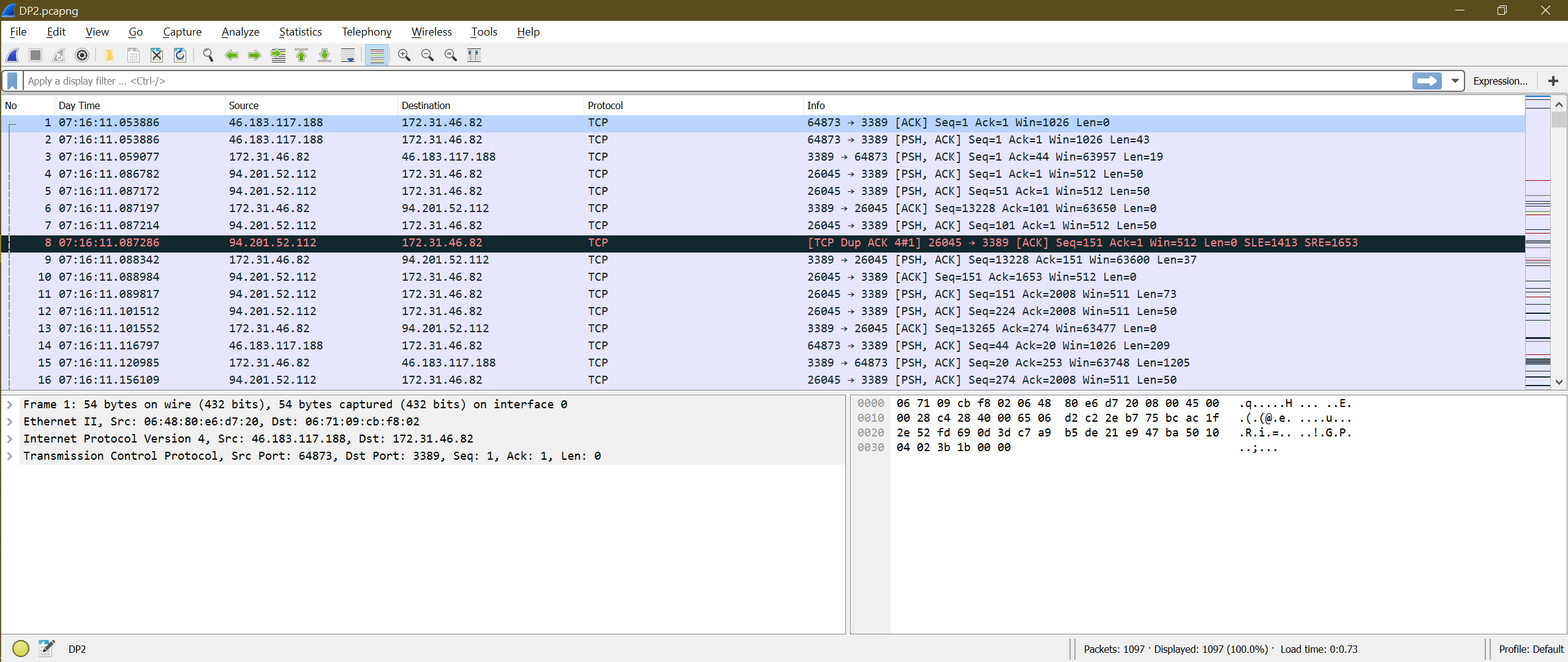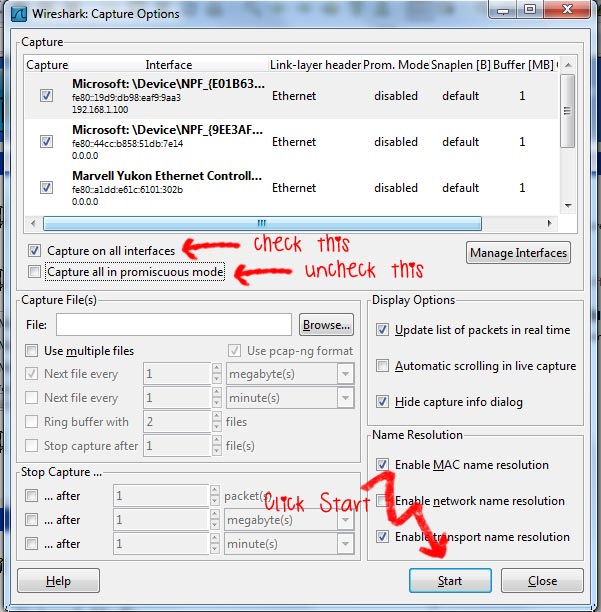
If you’re capturing on a wireless interface and have promiscuous mode enabled in your capture options, you’ll also see other the other packets on the network. Wireshark captures each packet sent to or from your system. Some of these networking tools, like Wireshark, Nmap, Snort, and ntop are known and used throughout the networking community. As soon as you click the interface’s name, you’ll see the packets start to appear in real time. Thanks to its set of features, WinPcap has been the packet capture and filtering engine for many open source and commercial network tools, including protocol analyzers, network monitors, network intrusion detection systems, sniffers, traffic generators and network testers. This library also contains the Windows version of the well-known libpcap Unix API. WinPcap consists of a driver that extends the operating system to provide low-level network access and a library that is used to easily access low-level network layers. Remote capturing on a Windows OS requires WinPcap tool installation. Remote packet capture on a Windows operating system

We will discover how to capture packets remotely in this article. There are many packet capture methods, such as local, remote, network (Tap, SPAN) and so on.

Remote packet capture on a Windows operating system.


 0 kommentar(er)
0 kommentar(er)
